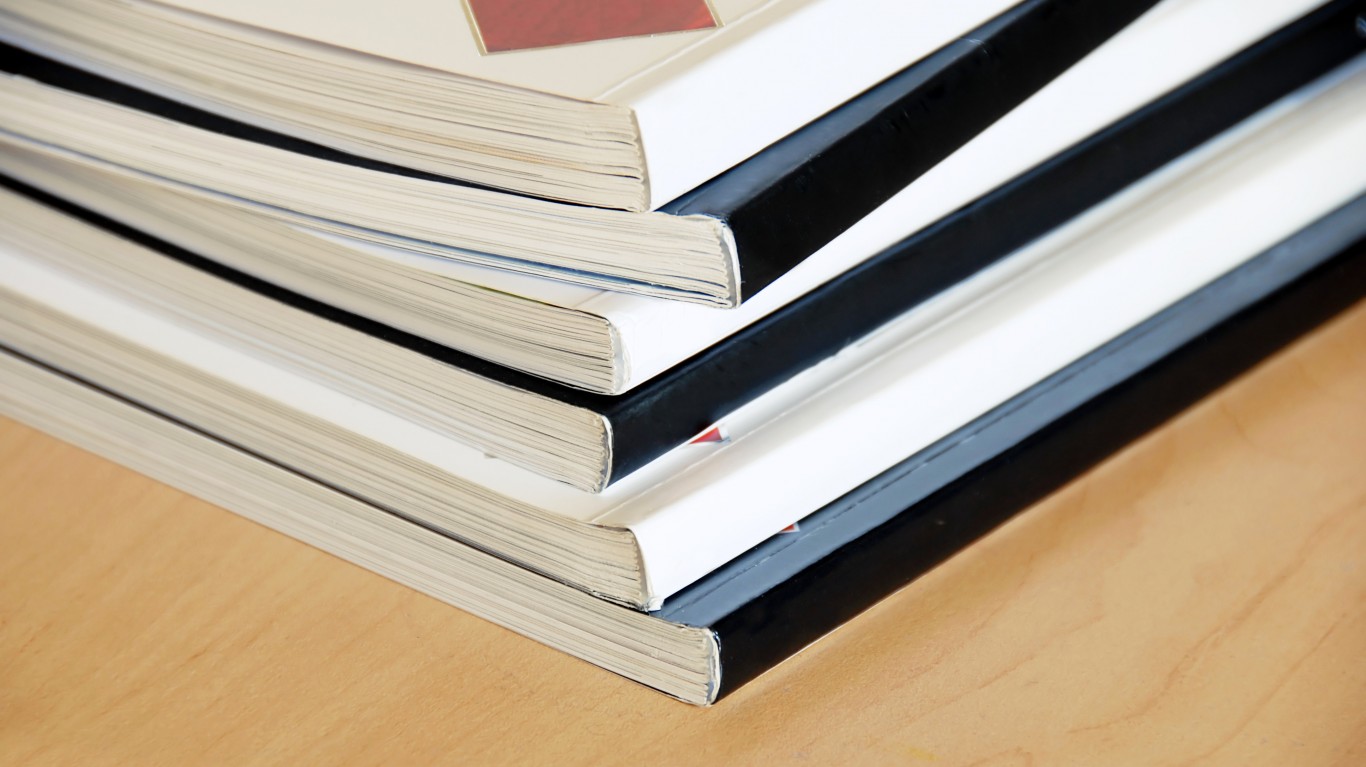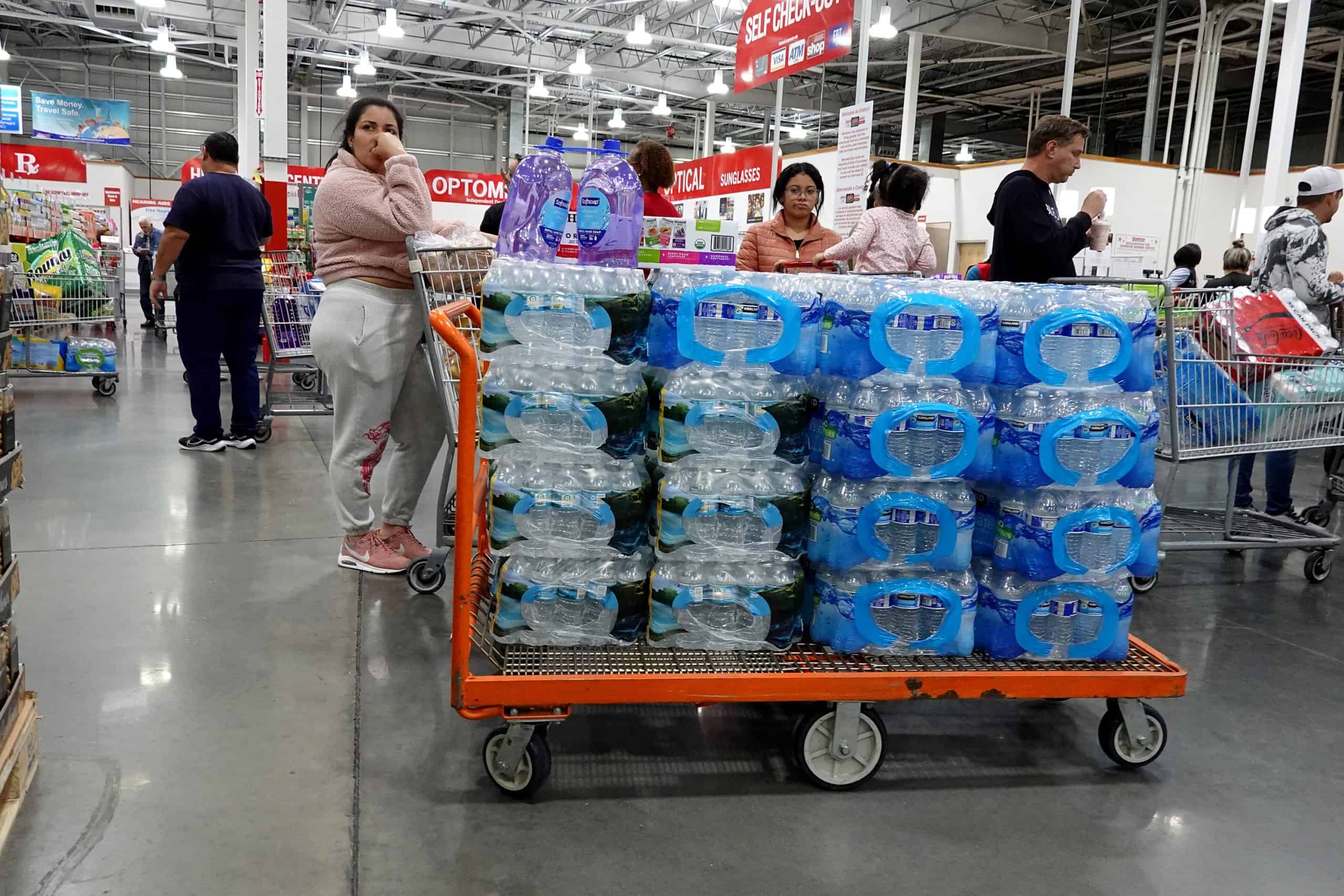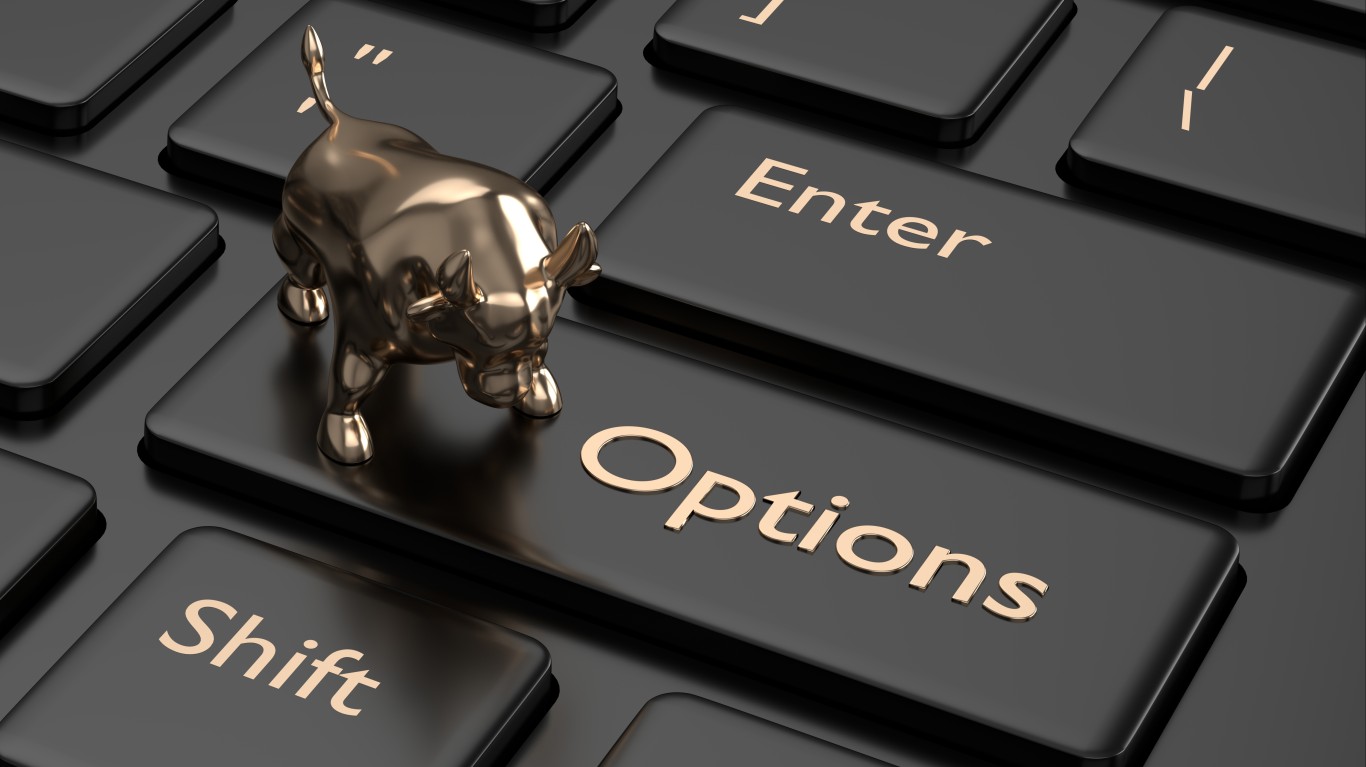
The current S&P 500 dividend yield is 1.24%. The highest it’s ever been at the end of a calendar year from 1933 through 2023 was 8.11% in 1941. The highest since 2000 was 3.23% in 2008 during the financial crisis.
If you’re an income-focused investor, the index won’t even beat tamer inflation. The five-year Treasury yield is 3.89%, 149 basis points higher than the current U.S. inflation rate of 2.4% at the end of September.
Income-focused investors’ desire to generate additional income will become more difficult as interest rates move lower and stock prices move higher. That’s where a laddered yield portfolio comes in handy.
The traditional concept of “laddering” describes a portfolio of investments that mature on a staggered basis to ensure a consistent flow of income to the owner. Laddering is especially prevalent in fixed-income investments.
However, this is about creating a laddered portfolio of five gradually increasing dividend yields, ranging from 2% to 10%+. Income-focused investors should be comfortable owning these dividend stocks for the long haul.
Key Points About This Article:
- The five dividend stocks have an average dividend yield of over 6%.
- The companies are diversified across five sectors.
- Several of the stocks are due for some gains.
- Sit back and let dividends do the heavy lifting for a simple, steady path to serious wealth creation over time. Grab a free copy of “2 Legendary High-Yield Dividend Stocks” now.
John Wiley & Sons (2% yield)

John Wiley & Sons (NYSE:WLY) has a dividend yield of 2.86%, 86 basis points above the 2% guideline. It provides content, services, platforms, and knowledge networks to its customers, which include academic researchers and instructors, professionals, institutions, and corporations.
The company currently pays a quarterly dividend of $0.3525. It has increased its annual dividend payment for 31 consecutive years.
It’s not a highly followed company; just one analyst covers it. Daniel Moore of CJS Securities rates it as a Buy with a $53 target price.
In fiscal 2025 (April year-end), it expects its revenue, excluding one-time items, to be $1.67 billion, 3.3% higher than a year ago, with adjusted earnings per share of $3.43, 23.4% higher than in 2024. Its stock trades at 14.3x this estimate.
Brookfield Infrastructure Corp. (4%)

Brookfield Infrastructure Corp. (NYSE:BIPC) has a current dividend yield of 3.92%, slightly below the 4% guideline. Over the last 15 years, it has increased its annual distribution by 9% compounded annually.
It owns and invests in infrastructure assets in transportation, data infrastructure, and energy. It finished the second quarter with over $100 billion in infrastructure assets on several continents. Those assets have generated $1.9 billion in cash flow from operations through the first six months of 2024, up from $1.49 billion a year earlier.
The corporate structure was created in 2020 to enable institutional investors who couldn’t invest in Brookfield Infrastructure Partners L.P. (NYSE:BIP) because it was a limited partnership to do so.
Recent changes to the Income Tax Act (Canada) have forced the company and LP to reorganize to avoid additional costs it would face. It won’t affect anything about owning either stock from a tax perspective. However, it does require shareholder approval. That will happen with a virtual shareholder meeting on Dec. 3. It should be unanimously approved.
It is one of the spinoff companies created by Brookfield Corp. (NYSE:BN) to create value for its shareholders. Few alternative asset managers have created more value in recent years than Brookfield.
Bank of Nova Scotia (6%)

Bank of Nova Scotia (NYSE:BNS) is tied with the Bank of Montreal (NYSE:BMO) as Canada’s third-largest bank, with assets of CAD$4.0 trillion ($2.9 trillion). Its dividend yield is 6.09%, nearly 3x higher than JPMorgan & Chase’s (NYSE:JPM) yield of 2.36%.
Although the bank earns most of its revenue from the Canadian market, it invested $800 million in KeyCorp (NYSE:KEY) in August. The investment was part of acquiring 14.9% of the Cleveland-based bank. The second tranche will close in fiscal 2025 (October year-end). While many on Wall Street wondered why it made this move, Bank of Nova considers it a low-risk way to participate in the U.S. market.
In May, it hired Travis Machen from Morgan Stanley (NYSE:MS) to head its Capital Markets and Investment Banking division. As part of its focus on the U.S. market, it has created co-heads in the American market, with its Chief Compliance Officer, Nicole Frew, appointed in early October as one of them. The bank will decide on the second c0-head shortly.
BNS stock trades at 12.3x its trailing 12-month earnings per share of $4.19.
Sitio Royalties (8%)

As its name suggests, Sitio Royalties (NYSE:STR) acquires mineral and royalty interests in the Permian Basin and other U.S. oil properties. It owns approximately 265,000 NRAs (net royalty acres), of which 74% are in the Permian Basin.
Since its founding in 2016, the company has made more than 200 acquisitions of cash-flow-generating acreage. Sitio leases its mineral interests to oil and gas exploration and production companies, which explore and produce oil and gas from these properties.
Sitio receives a percentage of these companies’ revenue from oil and gas sales. As a mineral and royalty owner, it is only responsible for its proportionate share of production and taxes and, occasionally, the gathering, processing, and transportation costs associated with oil and gas sales.
Due to this business model, its margins are pretty high. Its current adjusted EBITDA (earnings before interest, taxes, depreciation, and amortization) margin is 90%. As a result, its dividend yield is a high 7.75%.
Buckle (10%+)

Nebraska-based Buckle (NYSE:BKE) is the final stock in this dividend yield ladder. The apparel retailer makes this list with an asterisk.
If you go to Barron’s, you’ll see that Buckle’s current yield is 3.41%, well below the 10% required for the final step of the ladder. That’s not a misprint. The retailer pays a quarterly dividend of 35 cents since its December 2021 payment.
However, it also routinely pays a special dividend on top of the regular one, often bringing the yield above 10%. Investors should remember that it’s not required to pay a special dividend yearly, but it generally does.
Since raising the quarterly dividend to 35 cents from 33 cents in December 2021, it has paid two special dividends—a $2.65 per share payment on Jan. 27, 2023, and $2.50 a share on Jan. 12, 2024—and another one should be announced in December.
In 2024, including the quarterly dividend payable on Oct. 25, it paid out $3.90 a share in dividends. That’s good for a 9.5% yield. While it’s not over 10%, it’s close enough.
Based on the five stocks in this article, the average yield is 6.02%. Except for Buckle, whose stock has a five-year return of 100.34%, the other four have had mediocre returns. Reversion to the mean suggests that it’s due to change.
Are You Ahead, or Behind on Retirement? (sponsor)
If you’re one of the over 4 Million Americans set to retire this year, you may want to pay attention.
Finding a financial advisor who puts your interest first can be the difference between a rich retirement and barely getting by, and today it’s easier than ever. SmartAsset’s free tool matches you with up to three fiduciary financial advisors that serve your area in minutes. Each advisor has been carefully vetted, and must act in your best interests. Start your search now.
Don’t waste another minute; get started right here and help your retirement dreams become a retirement reality.
Thank you for reading! Have some feedback for us?
Contact the 24/7 Wall St. editorial team.





